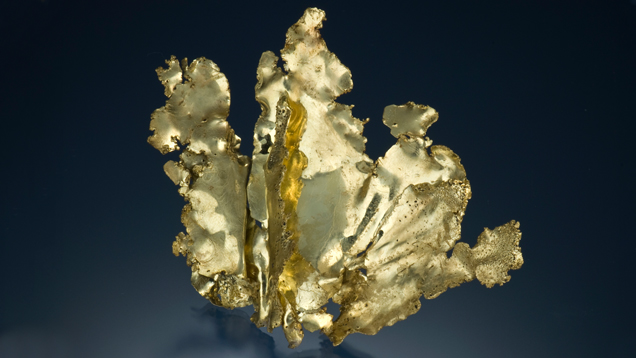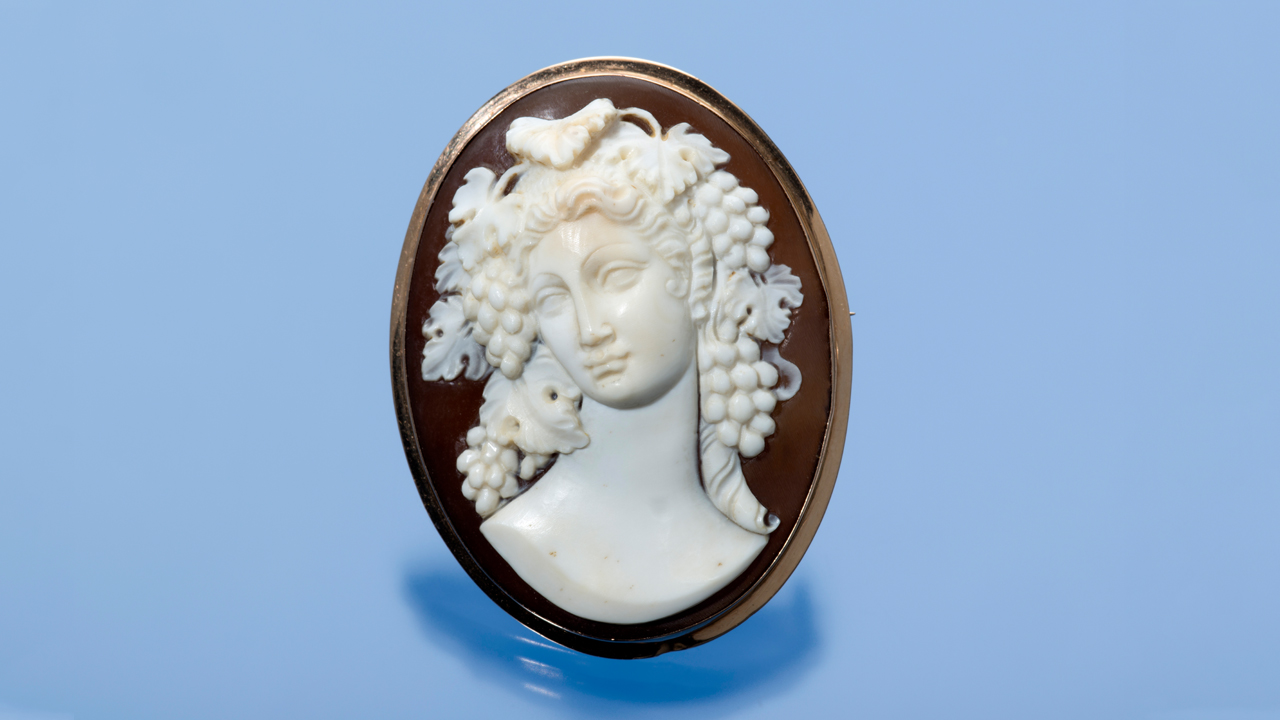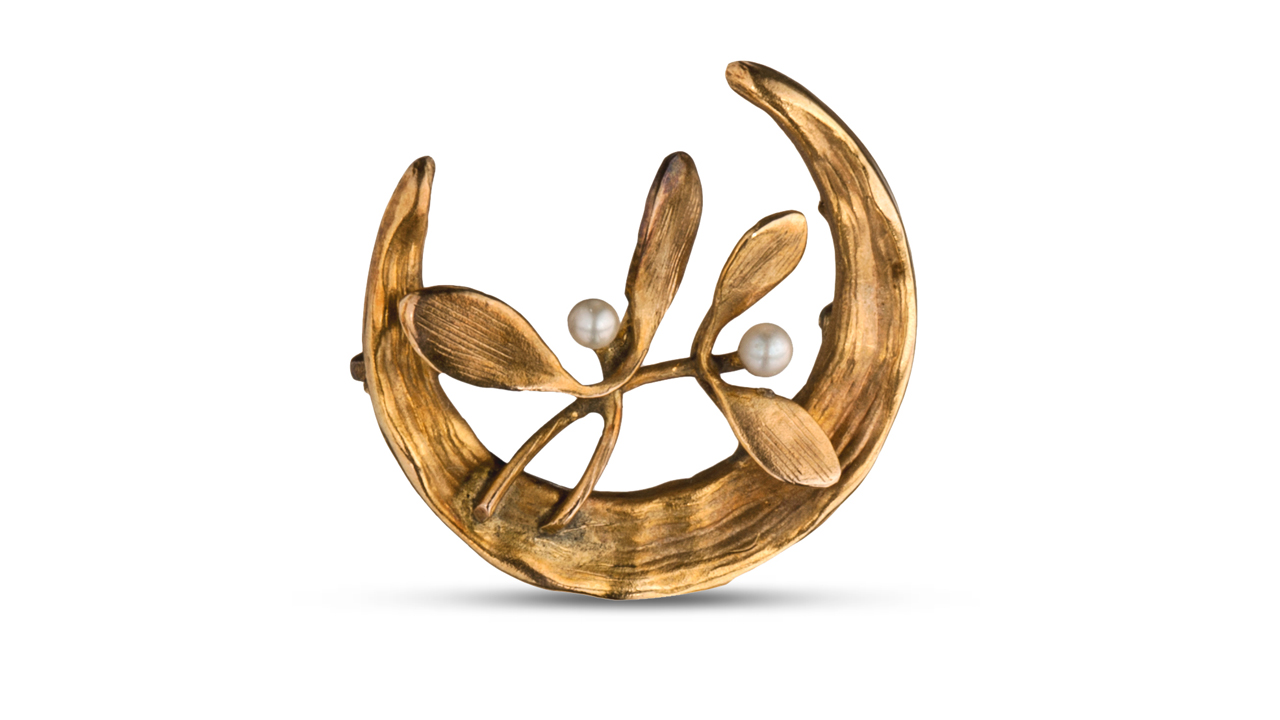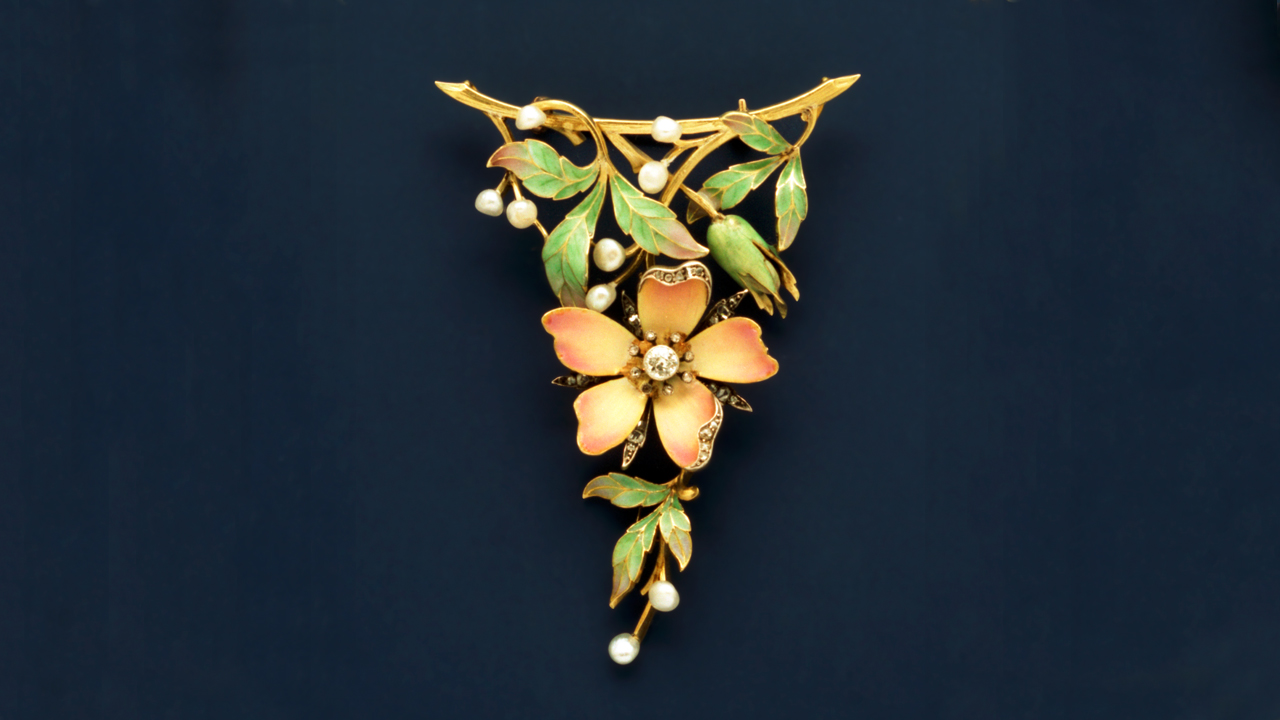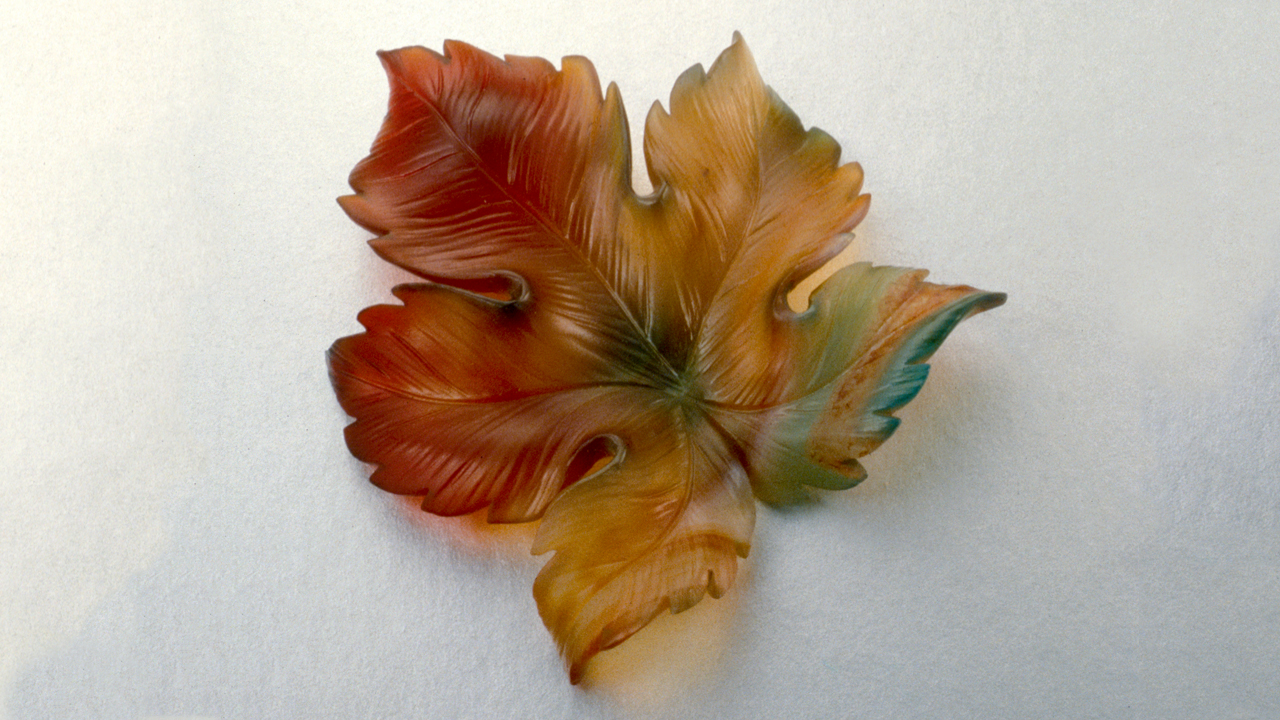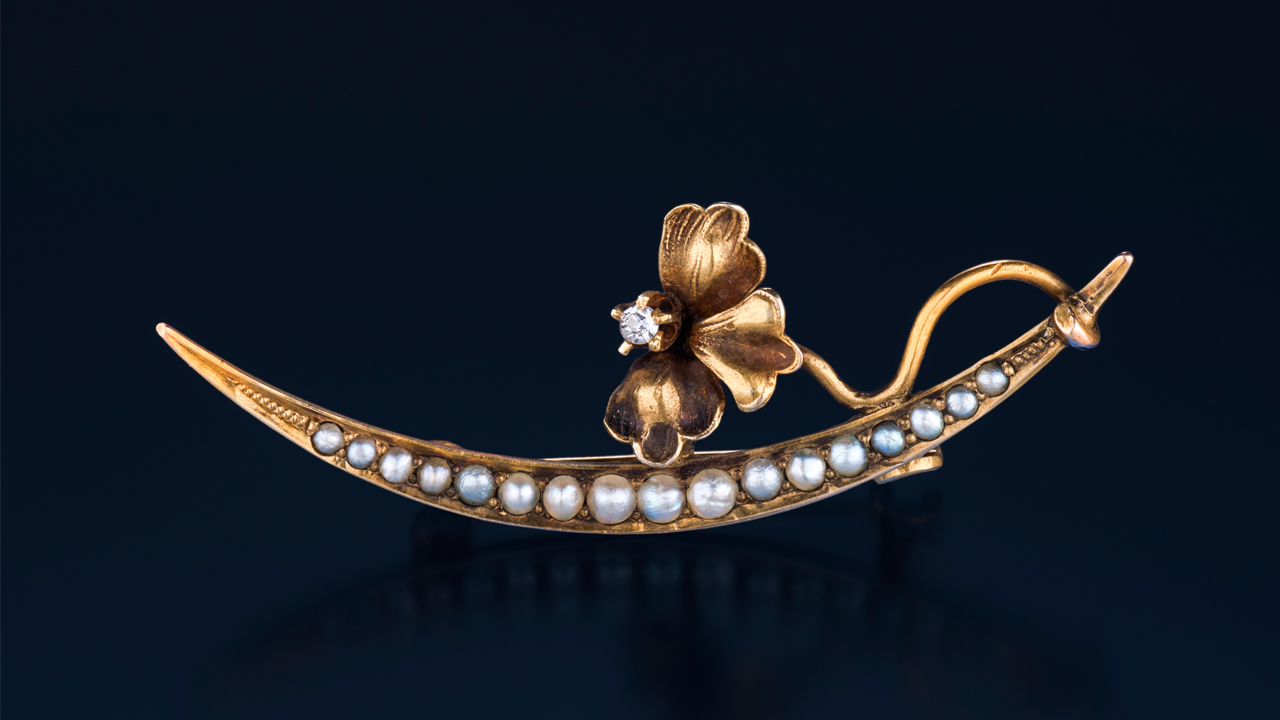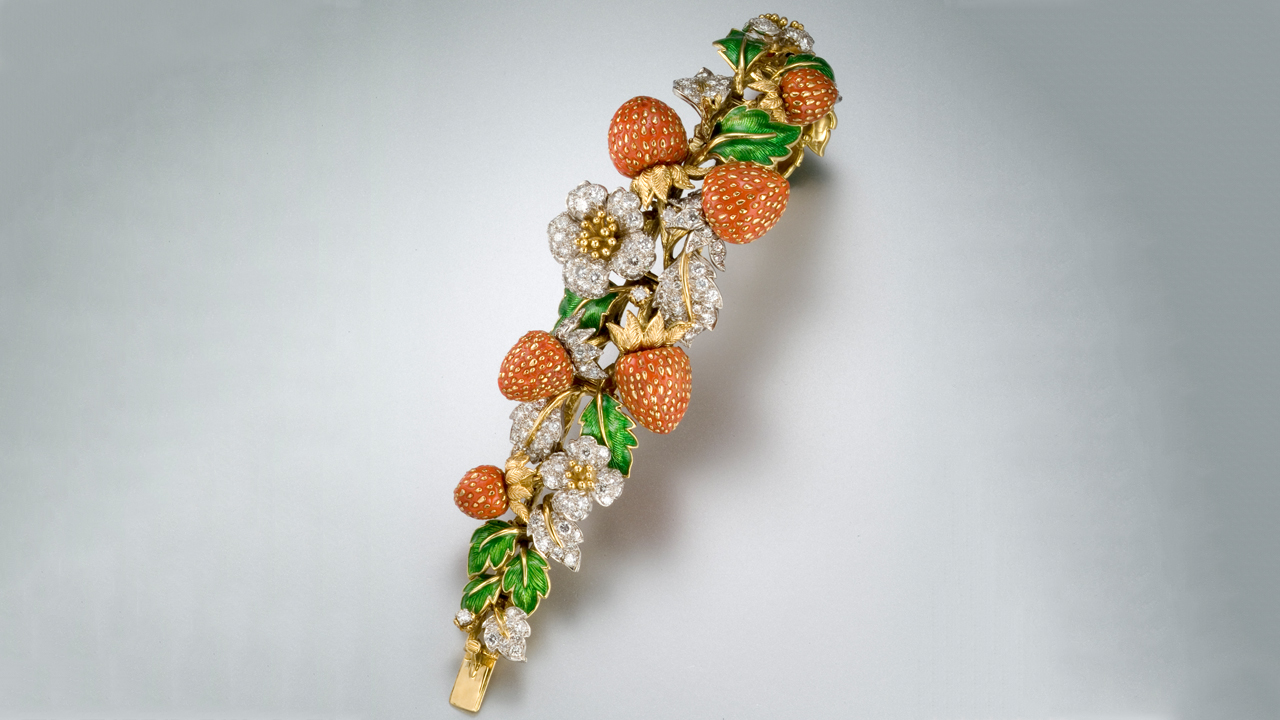Leaf Motifs: Timeless Beauty for All Seasons of Jewelry
June 17, 2016
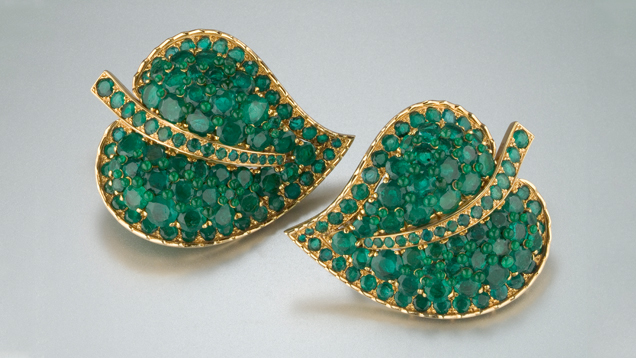
Infused with inspiration, the commonplace becomes extraordinary. The humble leaf, for example – from the simple shapes of some to the complex web of veins in others – has captivated artists, including jewelry designers, for centuries. The simple leaf has transformed into enduring beauty throughout the periods of jewelry history.
Leaves hold symbolism in many cultures, but in general, they symbolize fertility and growth. The green leaves of spring and summer depict hope, renewal and revival. Blazing yellow, orange and red leaves of fall represent the change of season. Ultimately, fallen leaves complete the circle of life with the final stages: decline and death.
In the Chinese tradition, leaves represent all of the beings in the universe; they collectively allude to people because of their vast number.
In heraldic coat of arms, leaves represent different virtues or qualities. For example, oak leaves represent strength, heroism and victory. Grape leaves represent plenty, freedom and rebirth. Holly or mistletoe represents truth, foresight and defense.
The olive branch, a symbol of peace and goodwill in Western culture, originated in Ancient Greece, where it was used to form a crown as the prize for the winner at the Olympic games. Laurel leaves were also woven into a wreath to honor heroes, scholars and poets. The symbolic importance of laurel has been passed down to modern times in a number of ways. It is the source of the words baccalaureate, poet laureate and Nobel laureate, derived directly from the practice of bestowing a laurel garland for a notable achievement.
The creativity in the jewelry seen here shows no indication of the designer or jeweler "resting on their laurels.”
Leaves are seen as both accent and focal points in Victorian, Art Nouveau and 20th century jewelry. The Renaissance inspired the early Victorian era with flowers, branches, leaves, grapes and berries dominating the design motifs. The Art Nouveau period saw a resurgence of enameling, a metal technique that lends itself to the free-flowing lines of flowers and leaves.
The leaf motif flourishes in the 20th century designs of Tiffany & Co., Cartier, Schlumberger and René Boivin − and is sure to remain a favorite on its perennial journey through history.
Sharon Bohannon, a media editor who researches, catalogs and documents photos, is a GIA GG and GIA AJP. She works in the Richard T. Liddicoat Gemological Library and Information Center.
